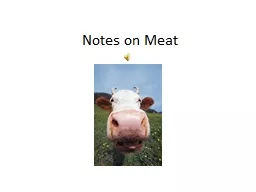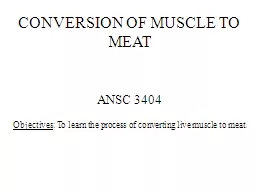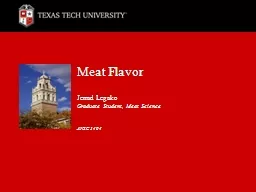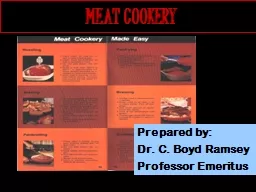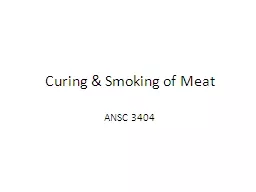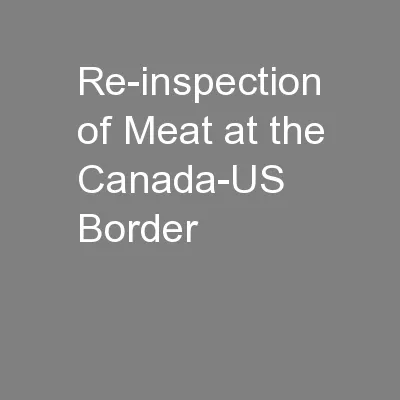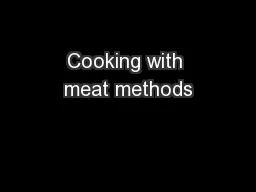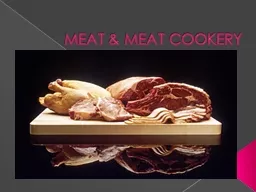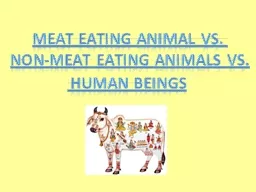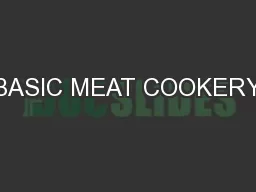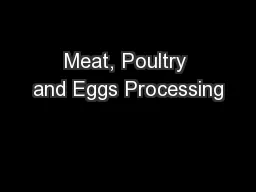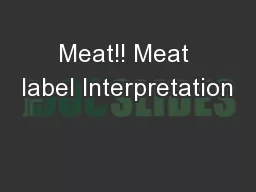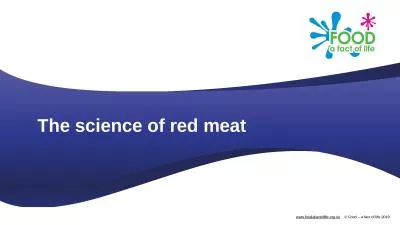PPT-Notes on Meat
Author : yoshiko-marsland | Published Date : 2017-07-23
Internal Food Temperatures Ground meats pork beef veal lamb 160 degrees Whole cut beef seafood veal lamb 145 degrees All Poultry whole or ground 165 degrees
Presentation Embed Code
Download Presentation
Download Presentation The PPT/PDF document "Notes on Meat" is the property of its rightful owner. Permission is granted to download and print the materials on this website for personal, non-commercial use only, and to display it on your personal computer provided you do not modify the materials and that you retain all copyright notices contained in the materials. By downloading content from our website, you accept the terms of this agreement.
Notes on Meat: Transcript
Download Rules Of Document
"Notes on Meat"The content belongs to its owner. You may download and print it for personal use, without modification, and keep all copyright notices. By downloading, you agree to these terms.
Related Documents

